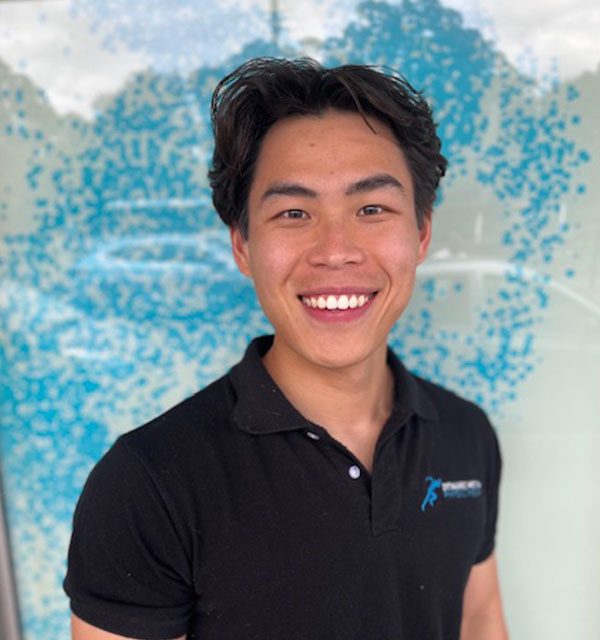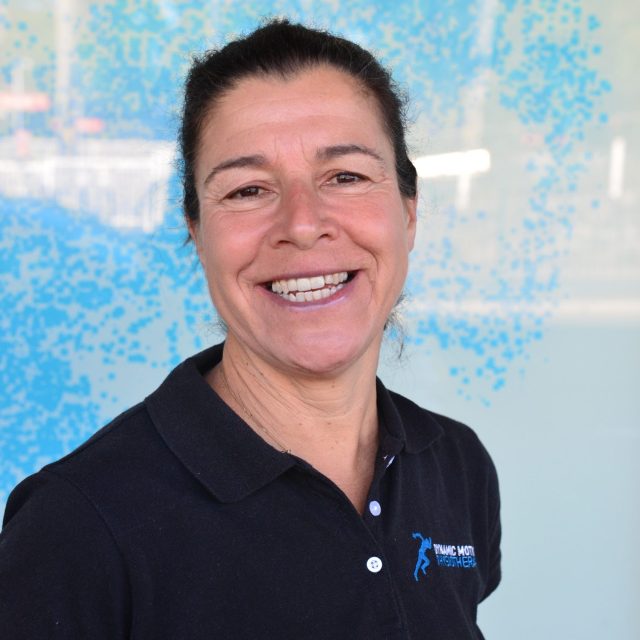Intoeing is a common finding in babies and toddlers. In newborns, turning in the front of the foot can be due to the way the baby was lying in the mother’s womb. It resolves spontaneously in the majority of children but stretches to the forefoot are often helpful. In more severe cases a light plaster cast can be applied for a few weeks, to keep the foot in a neutral position.
In toddlers, intoeing is often associated with internal rotation of the tibia (or shin bone). This presents as bow legs. This may also be a result of intrauterine positioning. It nearly always resolves spontaneously. Children with intoeing may trip a little when they first start to walk, but this will become less frequent with time. There is no reason for them to be less able to play sport when they are older and they are not prone to arthritic or spinal problems in later life.
There can be cause for concern if there is asymmetry present, if the problem is not improving with time or if the child continues to trip up when they are of school age. A referral to the appropriate specialist may be indicated.
knowledge … self-management … prevention

















